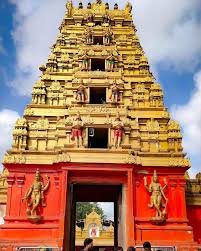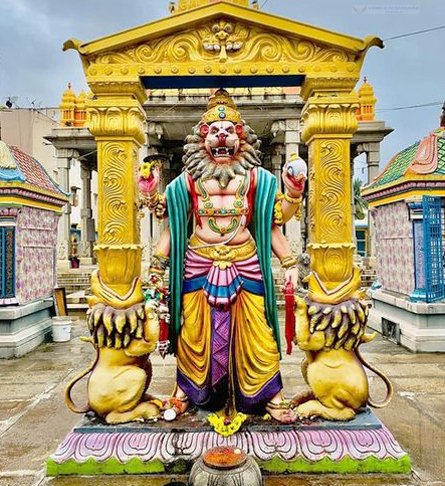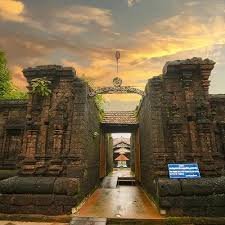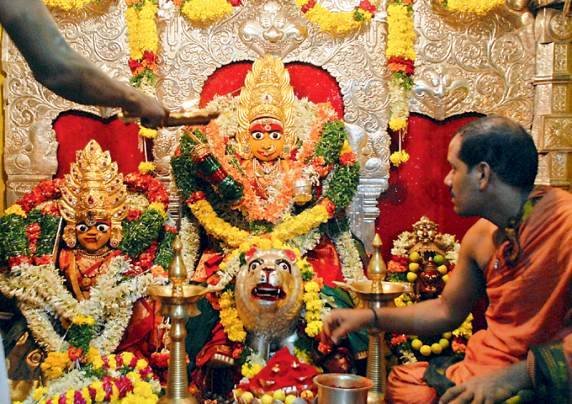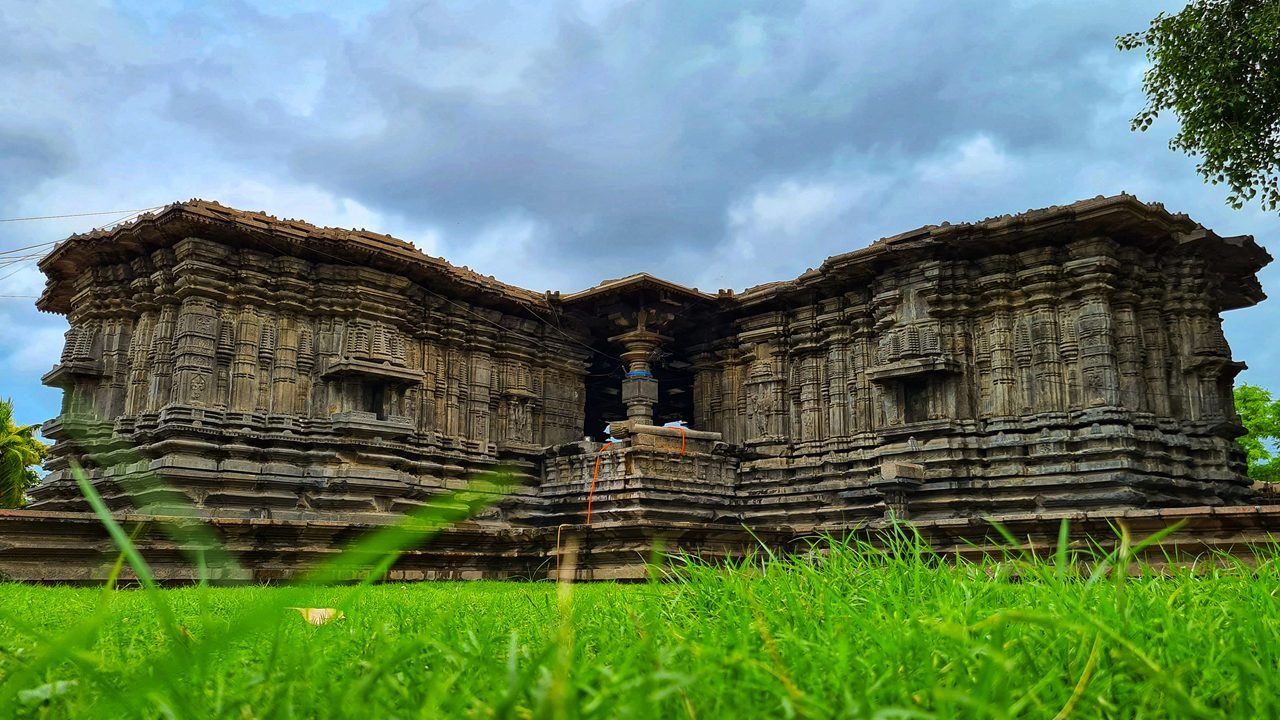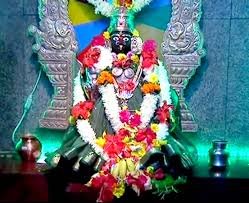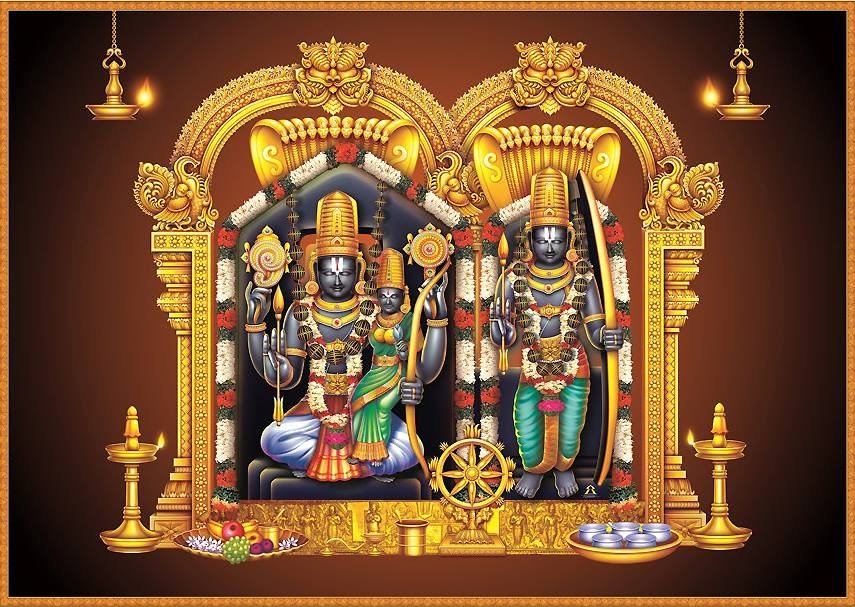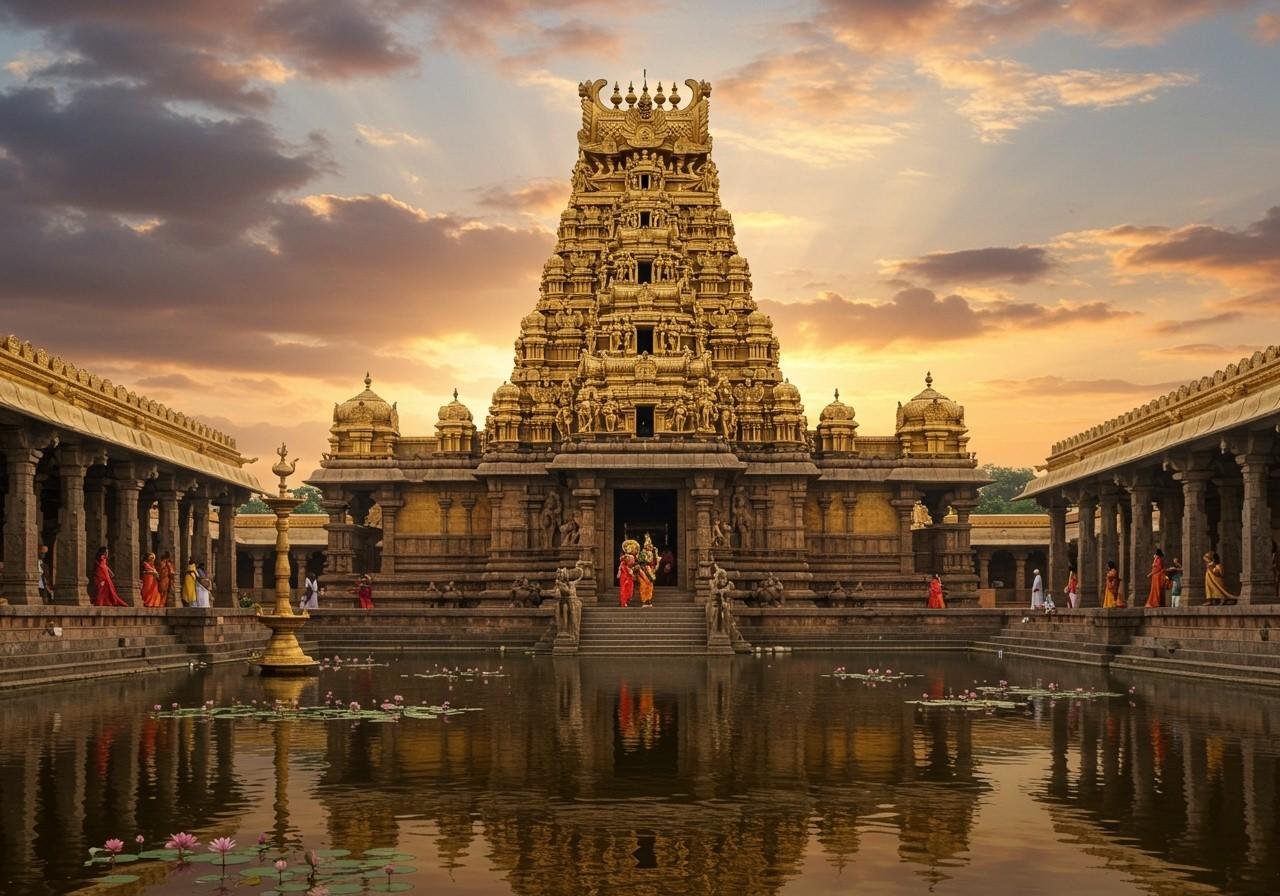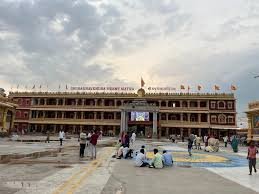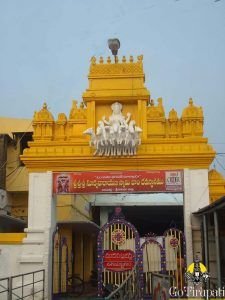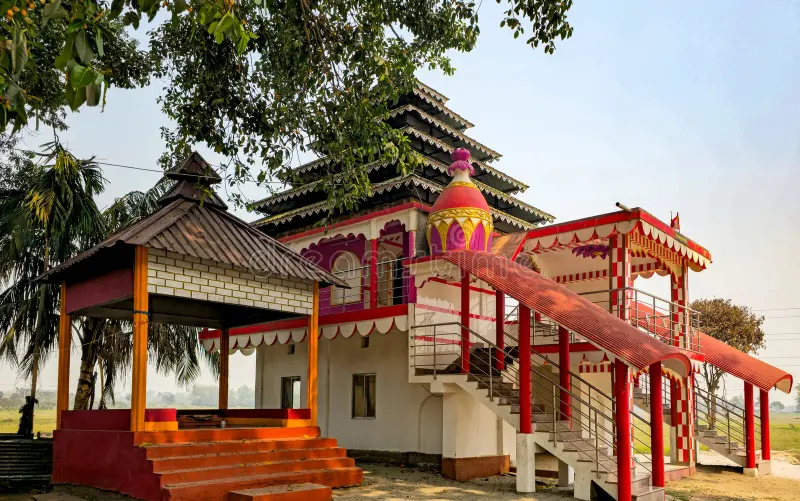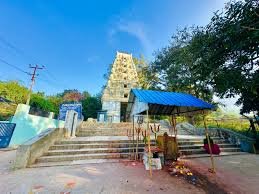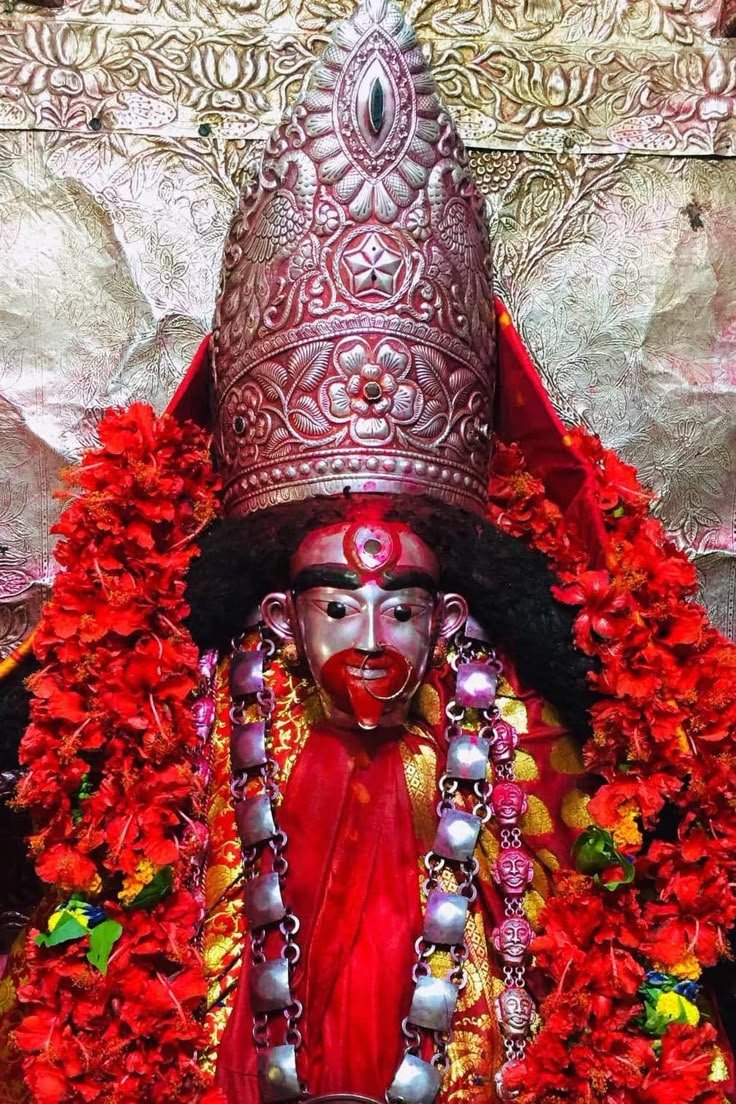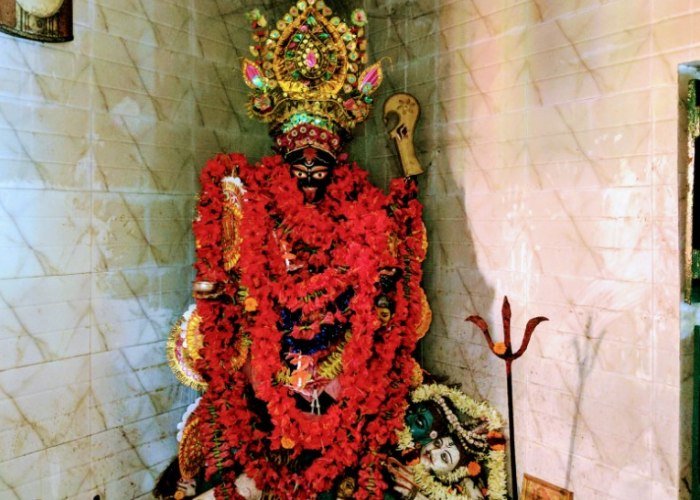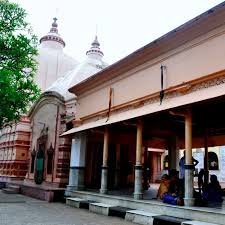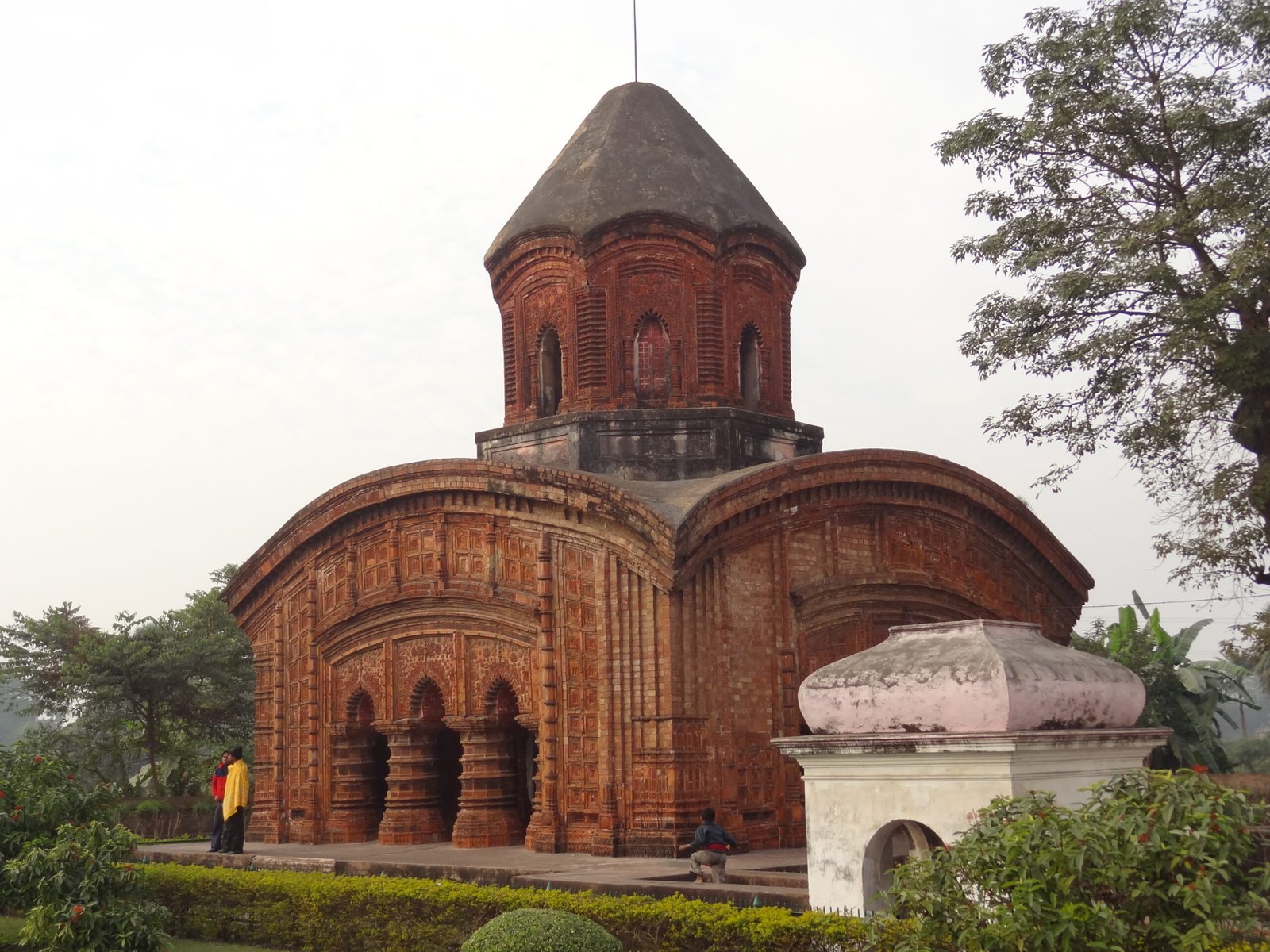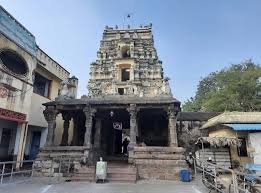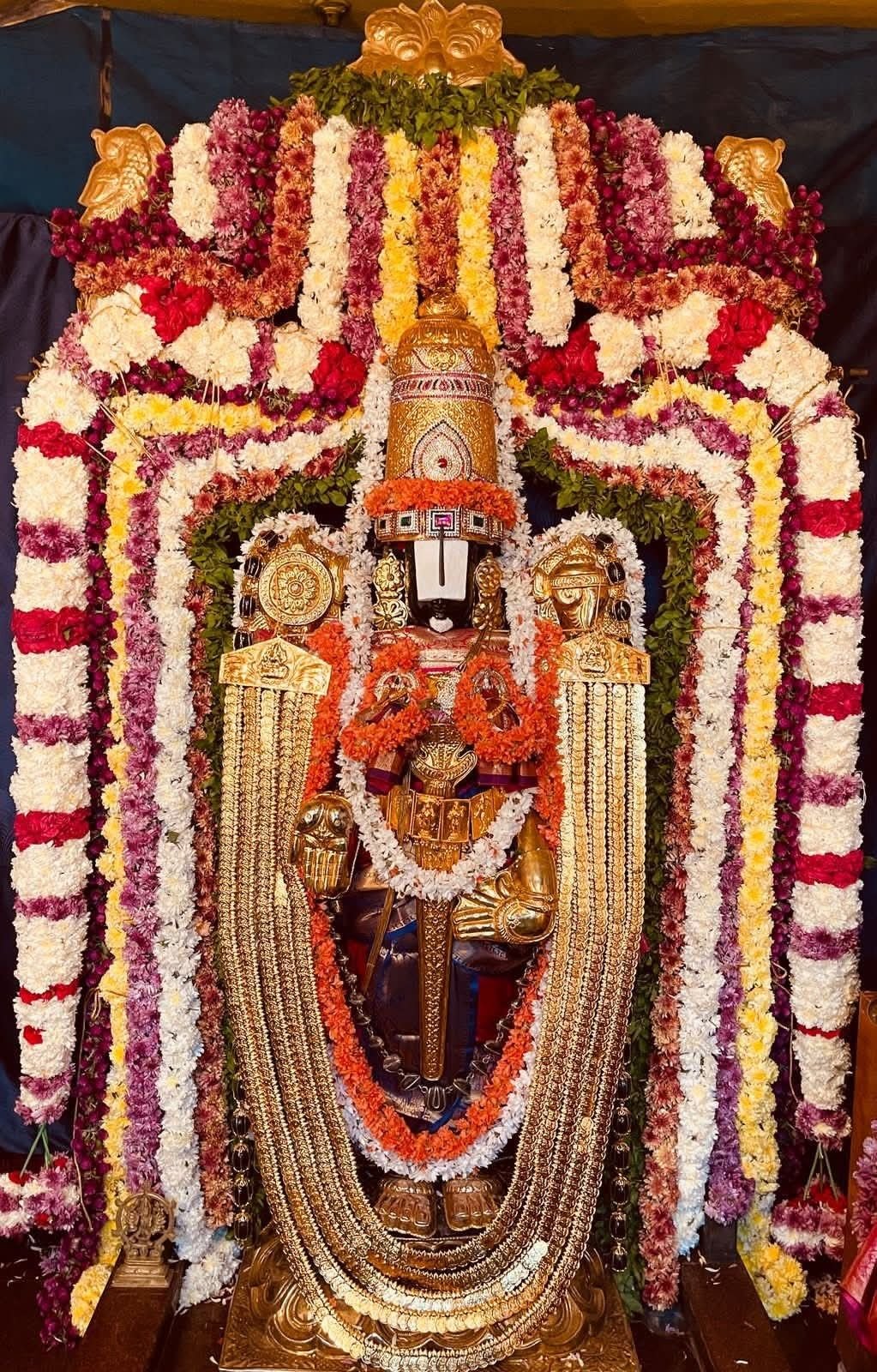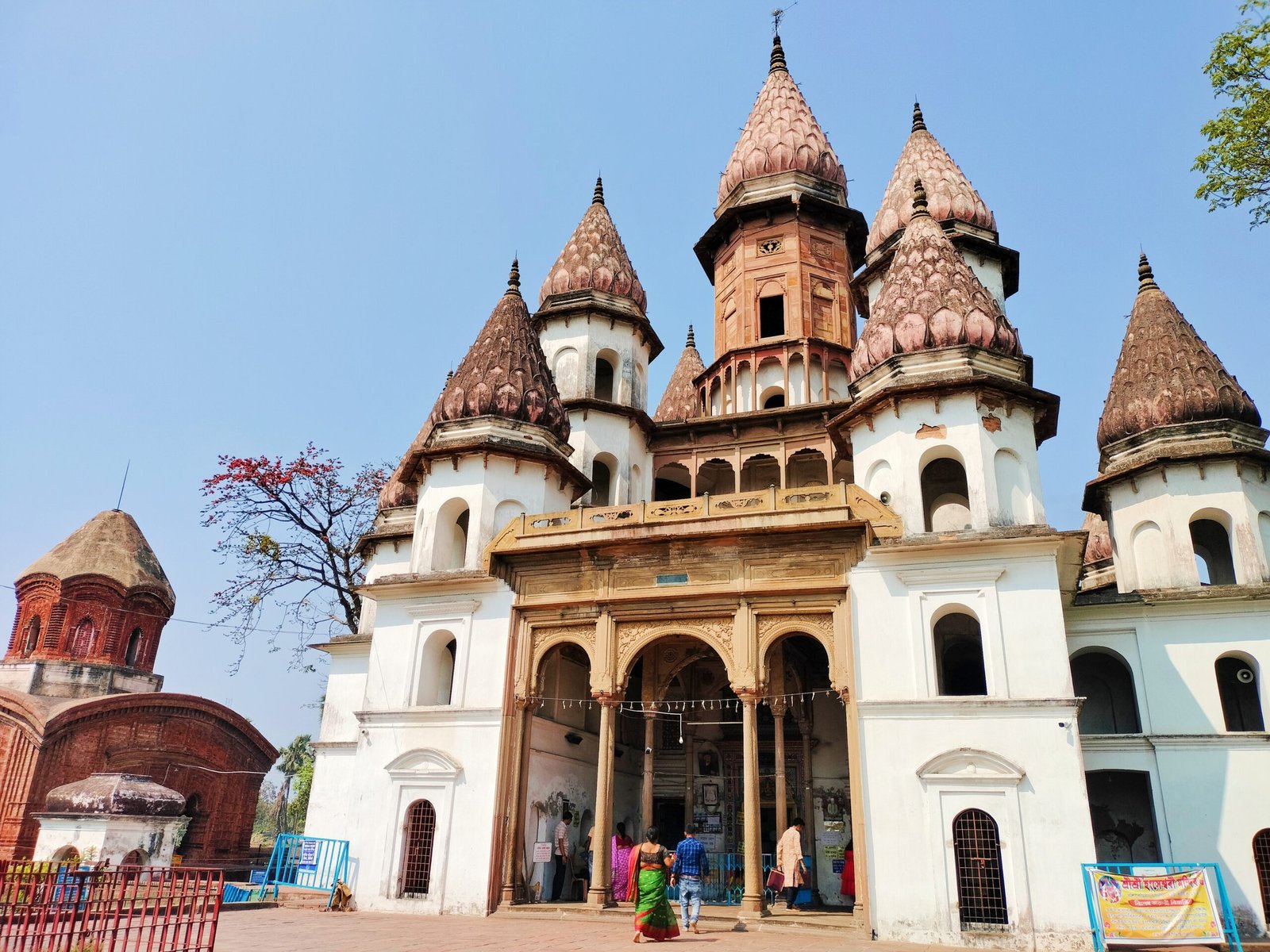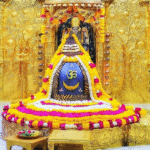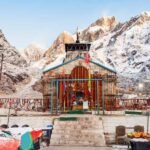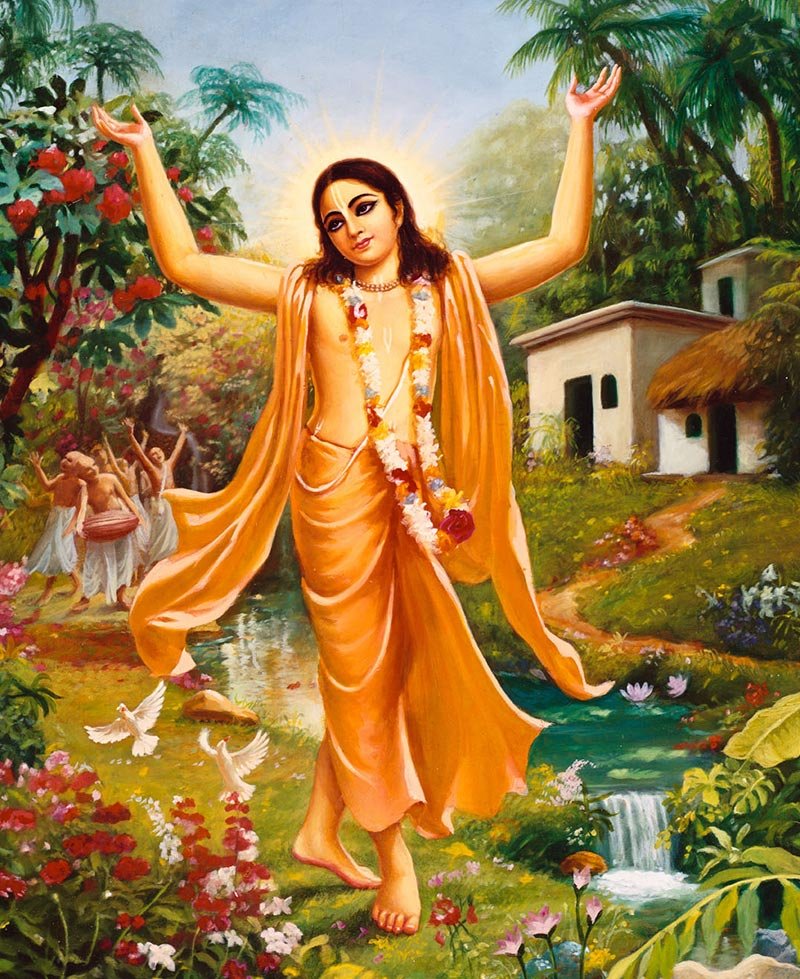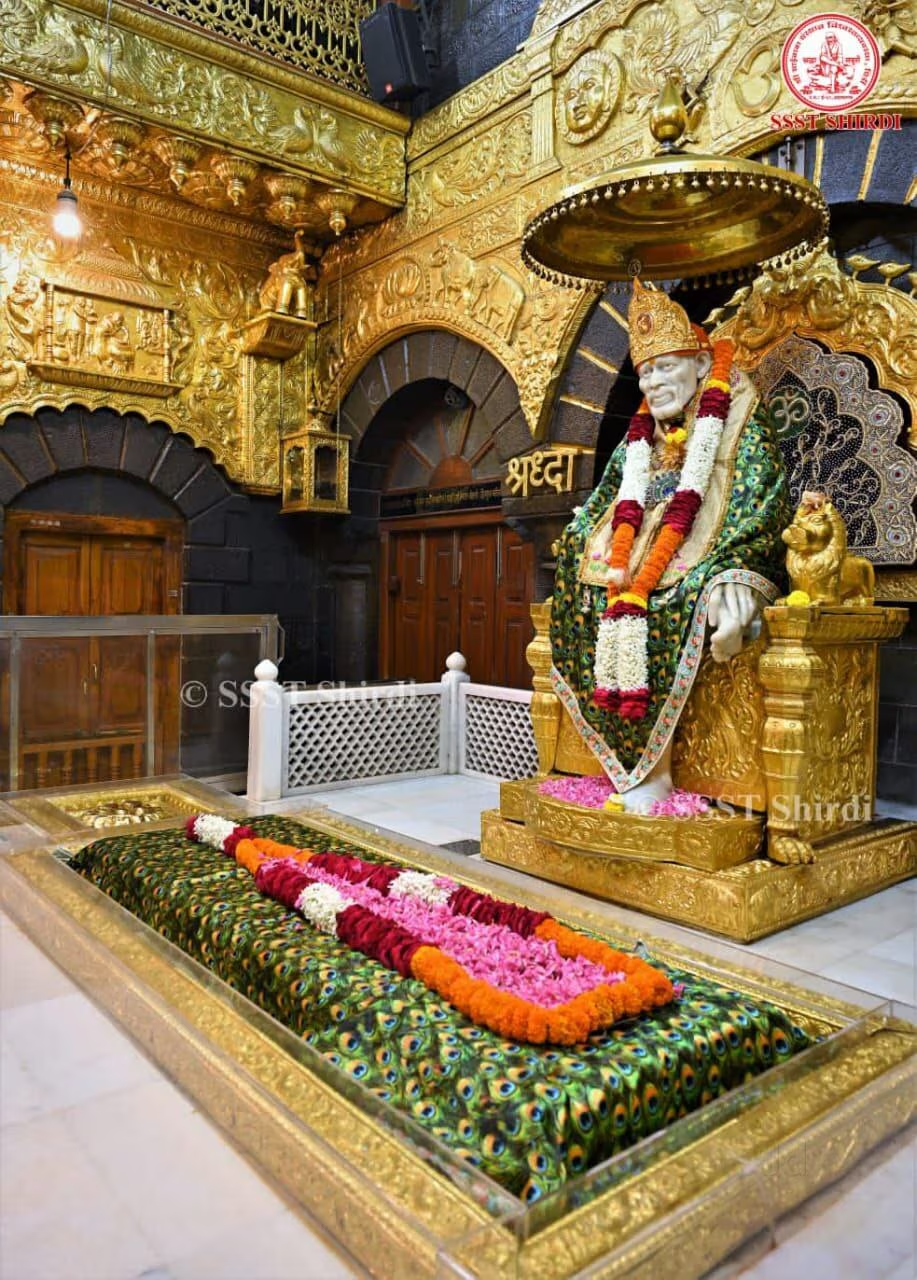Kamakhya Temple
Kamakhya Temple
Kamakhya Temple is one of the most powerful and spiritually significant temples in India, located atop the scenic Nilachal Hill in Guwahati, Assam. It is dedicated to Goddess Kamakhya, an incarnation of the divine feminine energy, also known as Shakti. Unlike most temples, Kamakhya does not contain an idol of the goddess—instead, it houses a sacred natural rock formation in the shape of a yoni (female genital symbol), symbolizing fertility, creation, and the power of womanhood.
Kamakhya is not just a religious site but a mystic center of Tantric worship, attracting sadhaks, spiritual seekers, and devotees from across the world. It is one of the 51 Shakti Peethas and is believed to be the place where the yoni of Goddess Sati fell after her body was dismembered by Lord Vishnu to stop Lord Shiva’s cosmic rage.
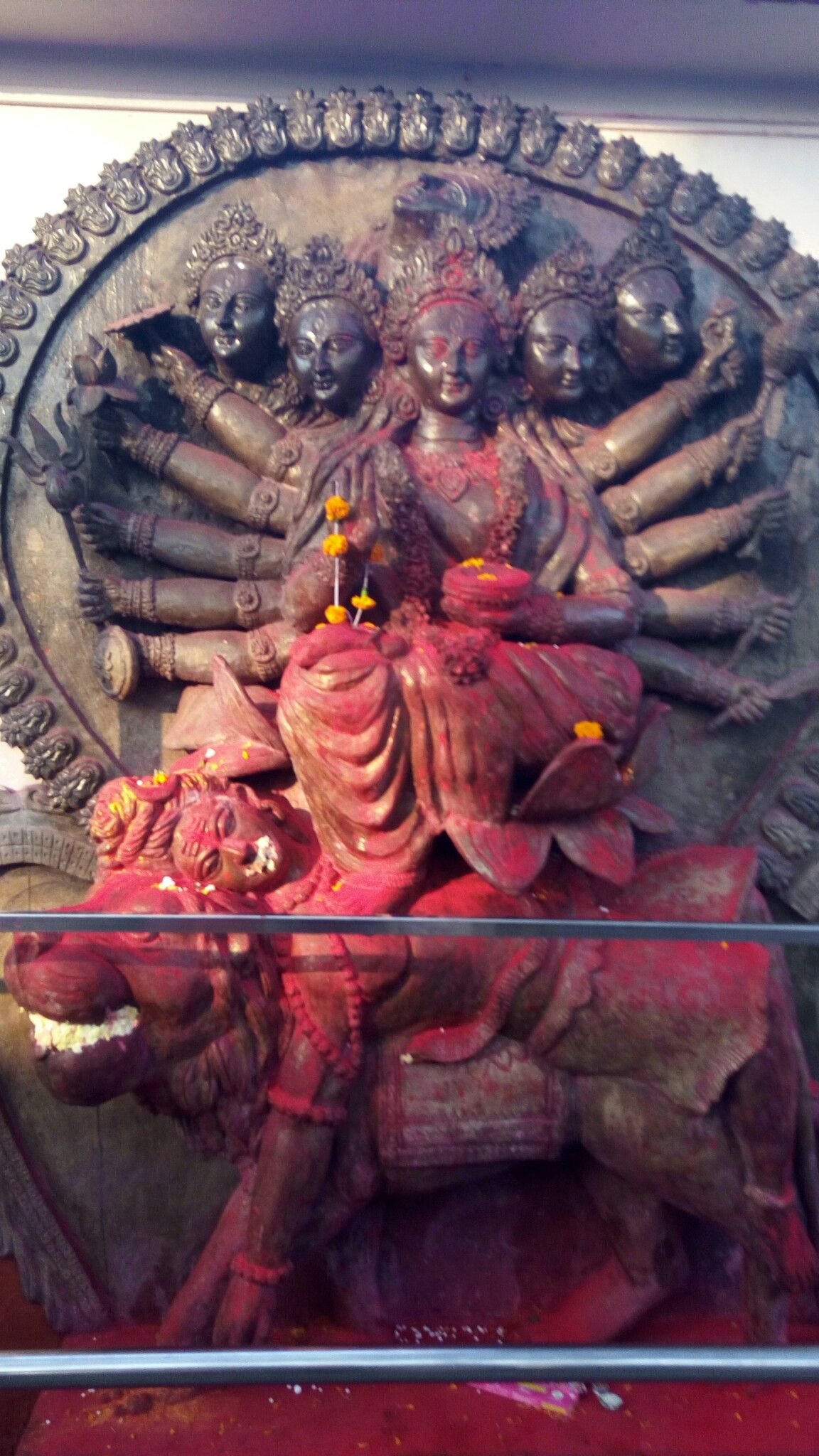
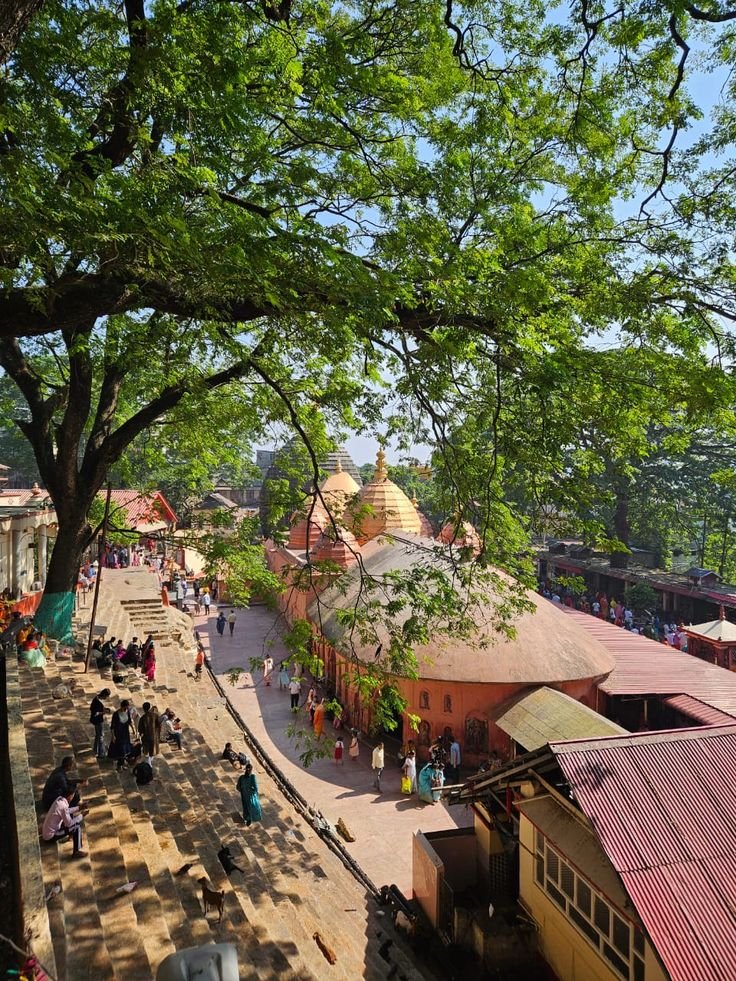
ॐ ऐं ह्रीं क्लीं कामाख्यै देव्यै नमः॥
Om Aim Hreem Kleem Kamakhyai Devyai Namah Divine Love)
हे नाथ नारायण वासुदेव॥
― Kamakhya Temple
The temple is especially famous for the annual Ambubachi Mela, a unique festival that celebrates the goddess’s menstruation period, highlighting the spiritual sanctity of feminine cycles and fertility. During this time, the temple remains closed for three days, and on the fourth day, it reopens with grand rituals and celebrations.
Surrounded by lush greenery, mysticism, and deep-rooted spiritual beliefs, Kamakhya Temple is not just a pilgrimage but an experience of divine feminine energy, tantra, and transformation.
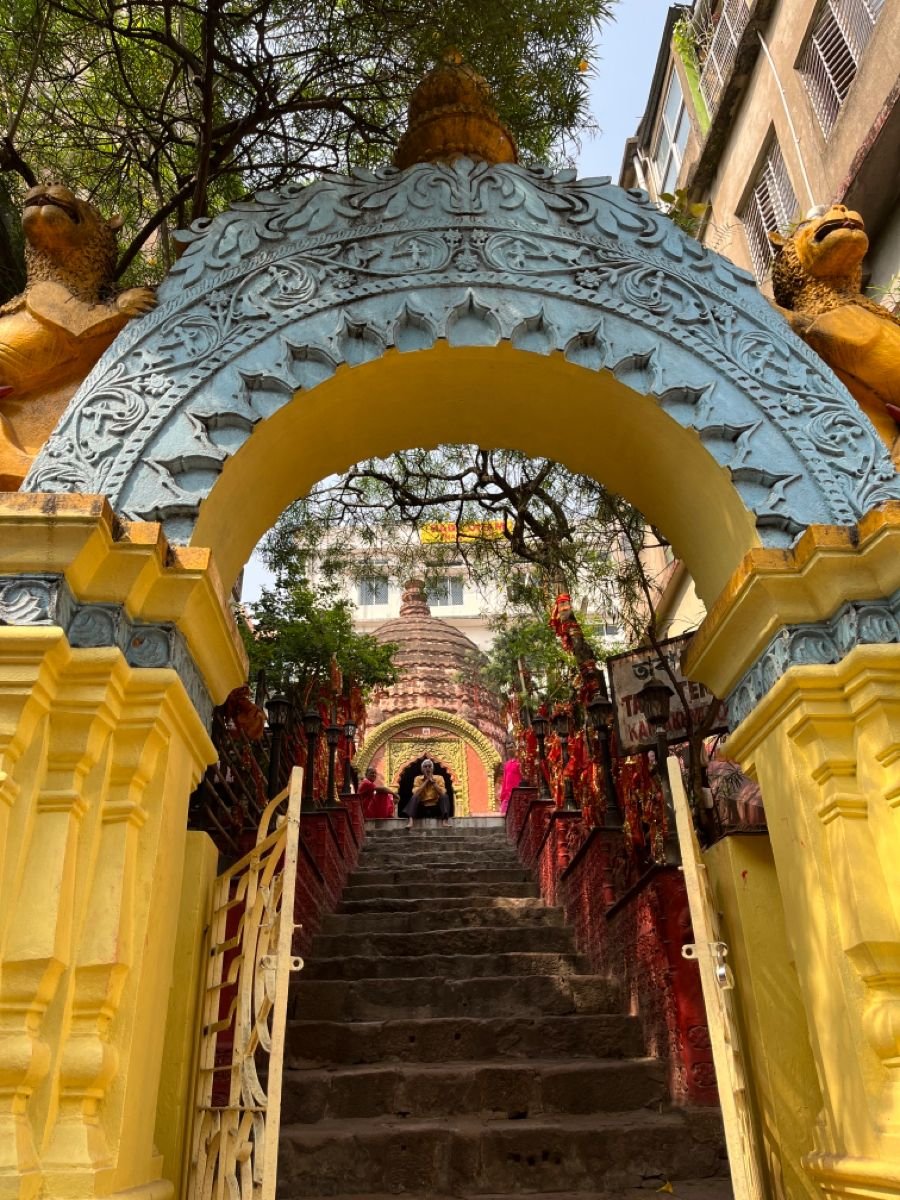
Mythological Significance & History
Kamakhya Temple has ancient origins and is considered one of the 51 Shakti Peethas. As per mythology, it marks the spot where the yoni (reproductive organ) of Goddess Sati fell when Lord Shiva carried her burnt body across the universe.
The temple was destroyed multiple times between the 8th and 17th centuries and was last rebuilt by King Naranarayan of the Koch dynasty in the 17th century.

Significance of the Temple
It is the primary seat of Tantric worship and a major pilgrimage site for devotees of Shakti.
The temple does not house a statue; instead, the goddess is worshipped in the form of a yoni-shaped stone kept moist by an underground spring.
Every year, during the Ambubachi Mela, the temple celebrates the menstruation period of the goddess, and the sanctum remains closed for three days.
It is considered a powerful place for wish-fulfillment, fertility, and spiritual awakening.

Architecture of the Temple
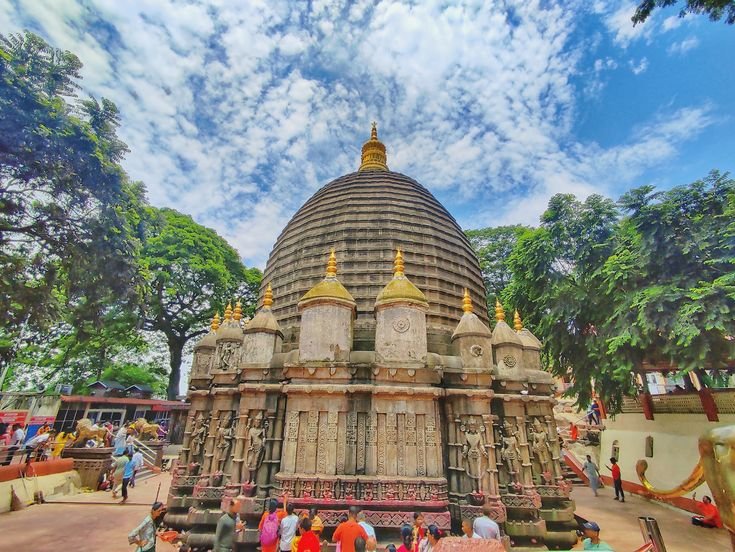
The temple features a unique blend of Nagara-style architecture with a distinctive dome shaped like a lotus flower.
The temple complex includes 10 Mahavidya temples and other shrines dedicated to different forms of the goddess.
The main sanctum is underground and naturally lit, adding to the mystic ambiance. the temple into a celestial vision, with changing colors illuminating the marble.
How to Reach to Temple
Location: Nilachal Hill, Guwahati, Assam – 781010
🚌 By Road: Easily accessible via taxis, autos, or local buses from all parts of Guwahati.
✈️ By Air: About 20–22 km from Lokpriya Gopinath Bordoloi International Airport (Guwahati Airport).
🚆 By Train: Just 6 km from Guwahati Railway Station.
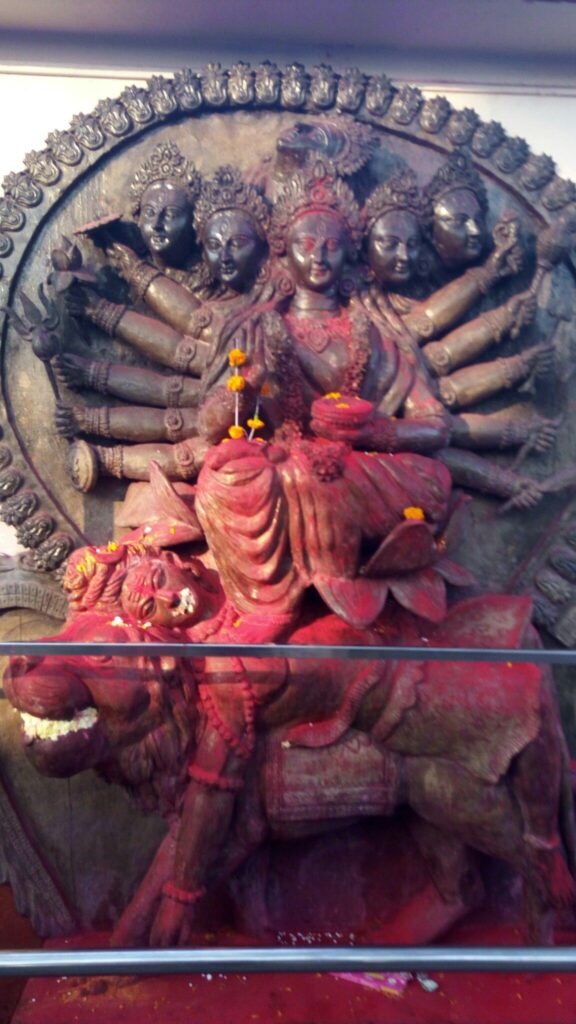
Temple Timings
Morning Temple Opening & Closing Timing
5:30 AM
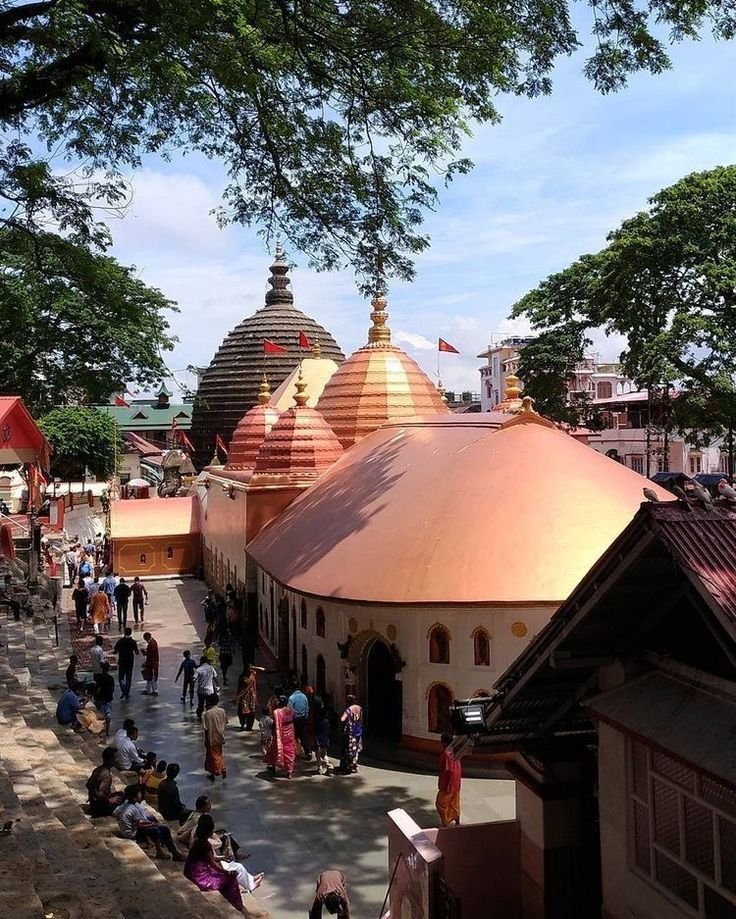
Evening Temple Opening & Closing Timing
10:00 PM


